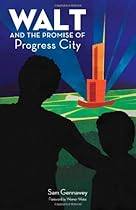 EDITOR’S NOTE: Over the next few months, AllEars.Net will be highlighting exclusive excerpts from Sam Gennawey’s book, Walt and the Promise of Progress City. The book explores the process through which meaningful and functional spaces were created by Walt Disney and his artists, as well as how guests understand and experience those spaces. It also takes a look how Walt wanted to change the public’s expectations about city life in the same way his earlier work had redefined what it meant to watch an animated film or visit an amusement park. In this month’s excerpt, we learn about how the theme parks are spatially organized, and how the familiar “hub-and-spoke” layout came about.
EDITOR’S NOTE: Over the next few months, AllEars.Net will be highlighting exclusive excerpts from Sam Gennawey’s book, Walt and the Promise of Progress City. The book explores the process through which meaningful and functional spaces were created by Walt Disney and his artists, as well as how guests understand and experience those spaces. It also takes a look how Walt wanted to change the public’s expectations about city life in the same way his earlier work had redefined what it meant to watch an animated film or visit an amusement park. In this month’s excerpt, we learn about how the theme parks are spatially organized, and how the familiar “hub-and-spoke” layout came about.
Site Design
by Sam Gennawey
Make no mistake. The spaces within the park are not representative of reality but become a hyper reality — stylized and tightly edited versions of the real thing. The buildings are shrunk and edited to meet the needs of the story that binds everything together. However, Disneyland is a legible urban environment.
As a result of the innovative site design plan for Disneyland, guests are provided with a comprehensible orientation and an environment that induces a change of mood. Key to this was Walt’s decision to set his park within a strong boundary, with only a single entrance, and with a radial, or hub-and-spoke, circulation system.
Walt picked Marvin Davis to be the master planner for Disneyland. From the very beginning, Walt was clear about his intentions for Disneyland. He told Davis, “I just want it to look like nothing else in the world. And it should be surrounded by a train.” He said he wanted the railroad tracks on the high ground so guests could preview all the wonderful things that would be inside the berm. Davis described the site design process for Disneyland, “I was working in what they call the Zorro building as the project designer for master planning of the Park at the time. This was before they even knew where the Park was going.” Davis continues, “Before they bought the property-I guess I must have done, well I know I did 129 different schemes for the solution of the thing – different entryways – until finally it developed into the scheme that it is now with the single entrance and the walk for the avenue, which is Main Street, up to the center of the hub. Walt’s idea was to have the whole thing as radials from that hub.”
In August 1953, Walt walked into Marvin Davis’ office with the map of the property he just purchased in Anaheim. Walt took out a pencil and drew the exact placement of where he wanted his train. The drawing showed the railroad tracks running around the perimeter forming a triangular boundary. That basic outline still represents the boundaries of the park. Understanding that constraint, Davis knew what to do next.
Walt looked at all sorts of public spaces and their circulation patterns. He said, “I’ve been studying the way people move at museums and other entertainment places. Everybody’s got tired feet. I don’t want that to happen in this place.” He called this problem “museum feet.” He described the feeling when “the ache of having walked too much just to get through the place” made the visit unpleasant. He figured that he could mitigate this issue through better planning. “I want a place for people to sit down and where older folks can say, ‘you kids run on. I’ll meet you there in a half hour,'” Walt said. “Disneyland is going to be a place where you can’t get lost or tired unless you want to.”
Walt and Davis decided that the best solution to avoid “museum feet” was to lay out the park’s circulation plan like a bicycle wheel. This is known as the radial plan. It has also been called the hub-and-spoke pattern because the pathways radiate out in every direction like spokes connected to a hub on a bicycle tire. Davis noted, “The overall shape of the park, with its single entrance, was Walt’s and that was the key to the whole thing. Walt was very circulation conscious, and he wanted a single entrance so that they could control the number of people that came in, and know the number that went out, and know what’s in the park.” The benefit of this layout is that no matter where you go, it is easy to find a way to come back to a familiar central area. “[Walt] wanted to solve everything with the radial idea,” recalled Marvin Davis in a 1991 interview with authors and filmmakers Richard and Katherine Greene. It gave “people a sense of orientation-they know where they are at all times.”
This radial plan concept was so successful that the design pattern has been embedded in virtually every Disney theme park. Walt remarked, “The more I go to other amusement parks in all parts of the world, the more I am convinced of the wisdom of the original concepts of Disneyland. I mean, have a single entrance through which all traffic would flow, then a hub off which the various areas were situated.” He added, “That gives people a sense of orientation-they know where they are at all times. And it saves a lot of walking.”
Main Street is more than just a narrow pathway to get you from one point to another. One Disney executive called it a “mindsetter.” J.G. O’Boyle said, “Main Street, U.S.A. has a more significant function-it serves as a meticulously coded social instrument designed to communicate a complex set of instructions-a theme-to each of the guests-instantly, harmoniously, and wordlessly.” O’Boyle concluded, “That message is a reminder of our shared cultural identity.”
At the end of Main Street, just in front of the castle, is a circular park called the Plaza Hub. This is the central gathering spot within the park. “Walt observed how families made decisions about what to do next,” John Hench said.” He concluded that they needed a lot of space, as they would stop and gather around with one child or two hanging outside the group.” The solution was the use of “hubs-open, essentially circular spaces that afford views in many directions-[and that] facilitate decision making. From a hub, guests can see and point to many of the choices they might make.” Hench added, “Decision-making is very fatiguing. Relating things that are unrelated is fatiguing”. If you start wandering from one thing to another, not quite knowing what you want to see, you will wear yourself out.” He suggested that “You come to a point in the park that we know is a decision point, we put two choices. We try not to give them seven or eight so that they have to decide in a qualitative way which is the best way.” Walt and his team gave this careful consideration in an attempt to manipulate crowd flow. In the book Vinyl Leaves, author Stephen Fjellman said, “The Disney strategy is to disperse people as widely as possible and to keep them moving.” Even the stores along Main Street were planned with interior pathways to mitigate congestion on the street.
Some of the destination decisions had been made early in the design process. Davis stated, “We knew we wanted the fantasy rides up at the end of Main Street, once you go through the castle. Then the other lands just logically took their place.” To eliminate the confusion common to visiting an unfamiliar place, each land has a “Main Gateway”; these gateways are all similar in design, are laid out to form a group, and are all easily visible from the Hub.
Guests standing in the hub can tell from each gateway what they might expect once they have passed through that portal. The guest can decide to walk east into the future toward Tomorrowland, north toward the castle drawbridge and Fantasyland, west toward the stockade at the entrance of Frontierland, or veer off path just a bit and enter Adventureland. Each path radiates out from and returns to the Plaza Hub.
Since Disneyland opened, research has been done to determine how the park influences guests on a subconscious level and what this means to human behavior. The structures along Main Street are both functional and symbolic. They reinforce our self-image and form a collective memory. John Hench said, “Part of it, I suppose, was Walt’s exploitation of very old survival patterns. He had an instinct for this. I think that if anyone really wanted to take the time to examine it, he would see that these survival patterns are the basis for our aesthetics, our sense of pleasure.” The result is an environment that demonstrates a higher degree of life. Main Street, U.S.A. creates an opportunity for the guest to decompress and to agree to accept a mutually understood pattern of expected behavior. The visit becomes more slowly paced, less stressful, and friendlier. This is not a competitive urban environment but one that projects the idealized image of a different time and place.
—————–
Interested in Walt and the Promise of Progress City? Order it through the AllEars.Net Amazon store HERE!

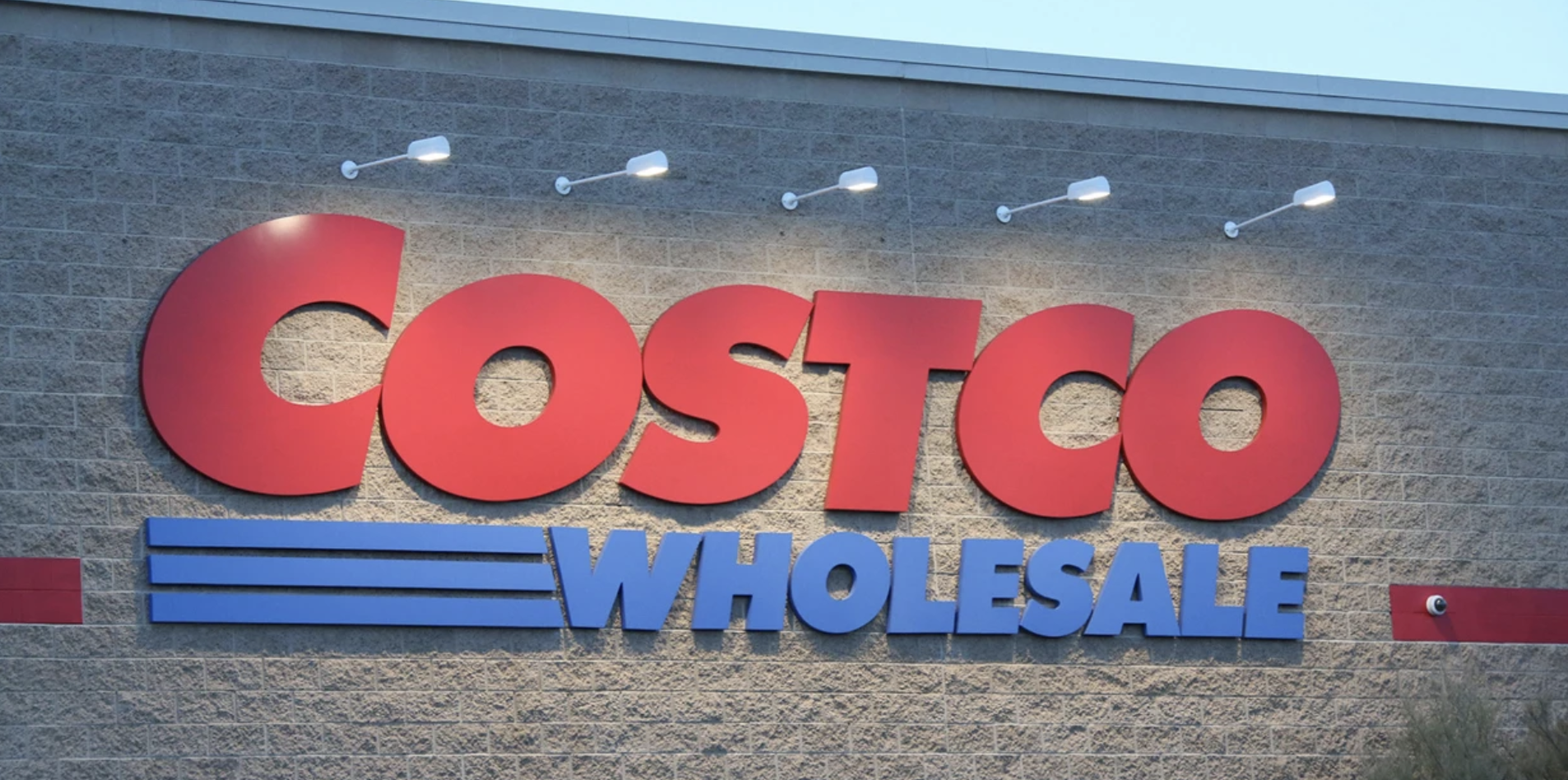
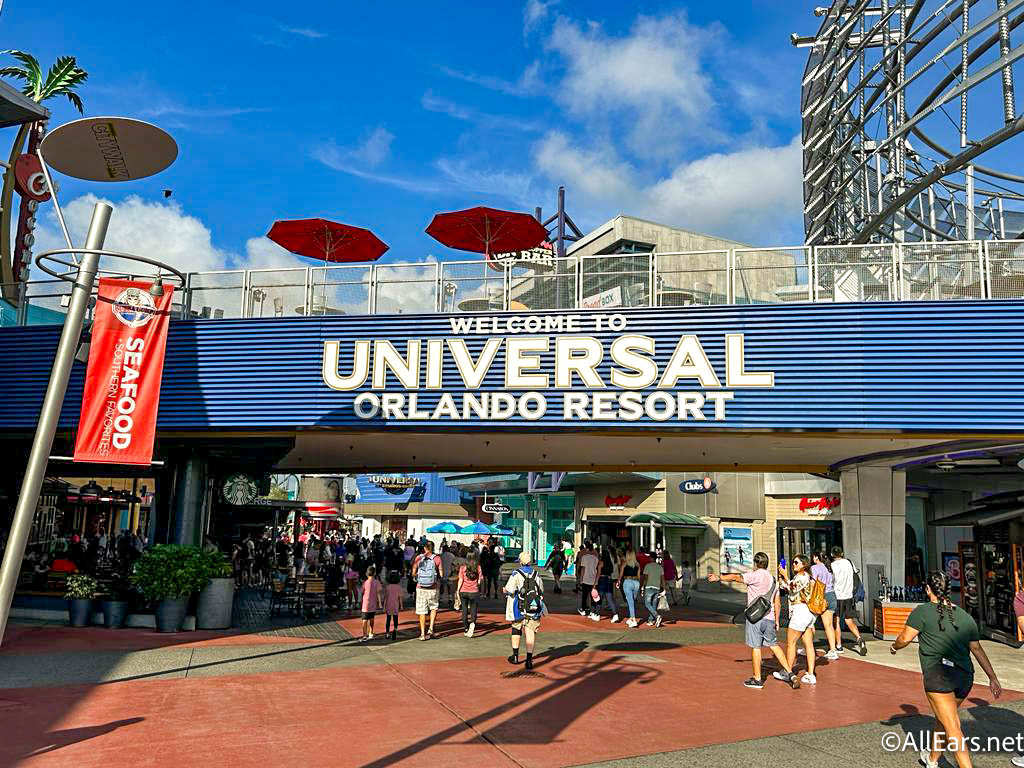

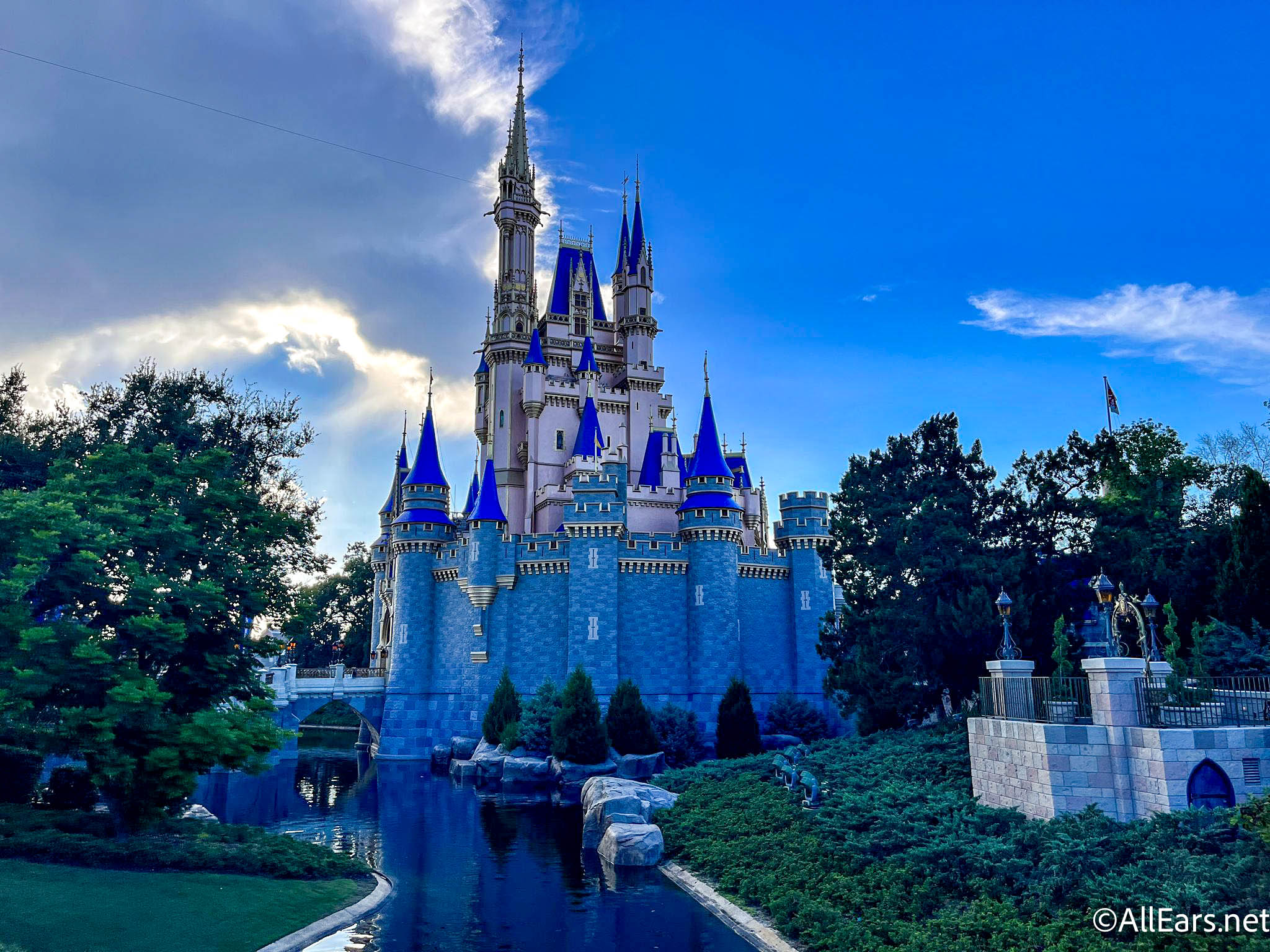
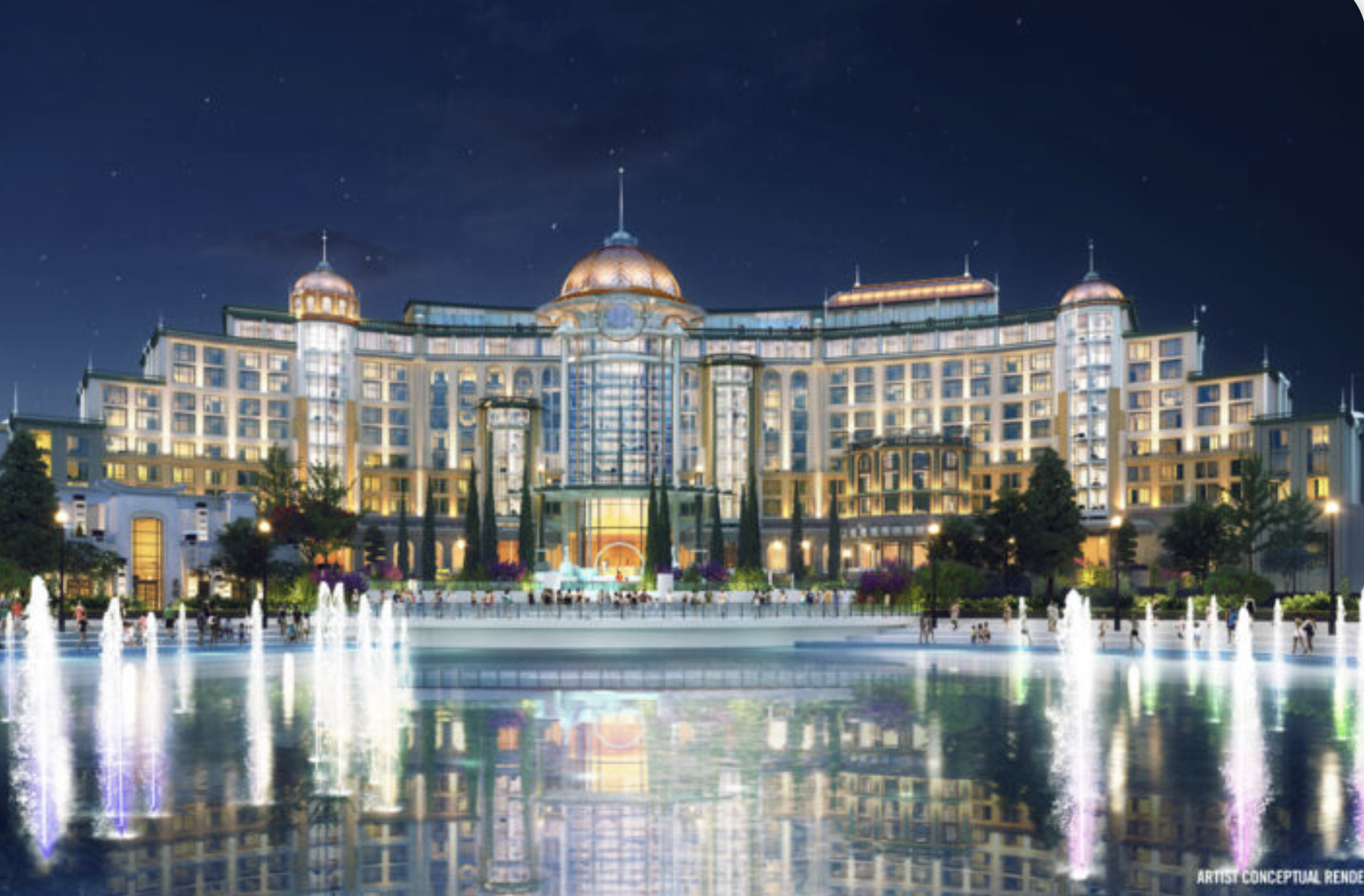
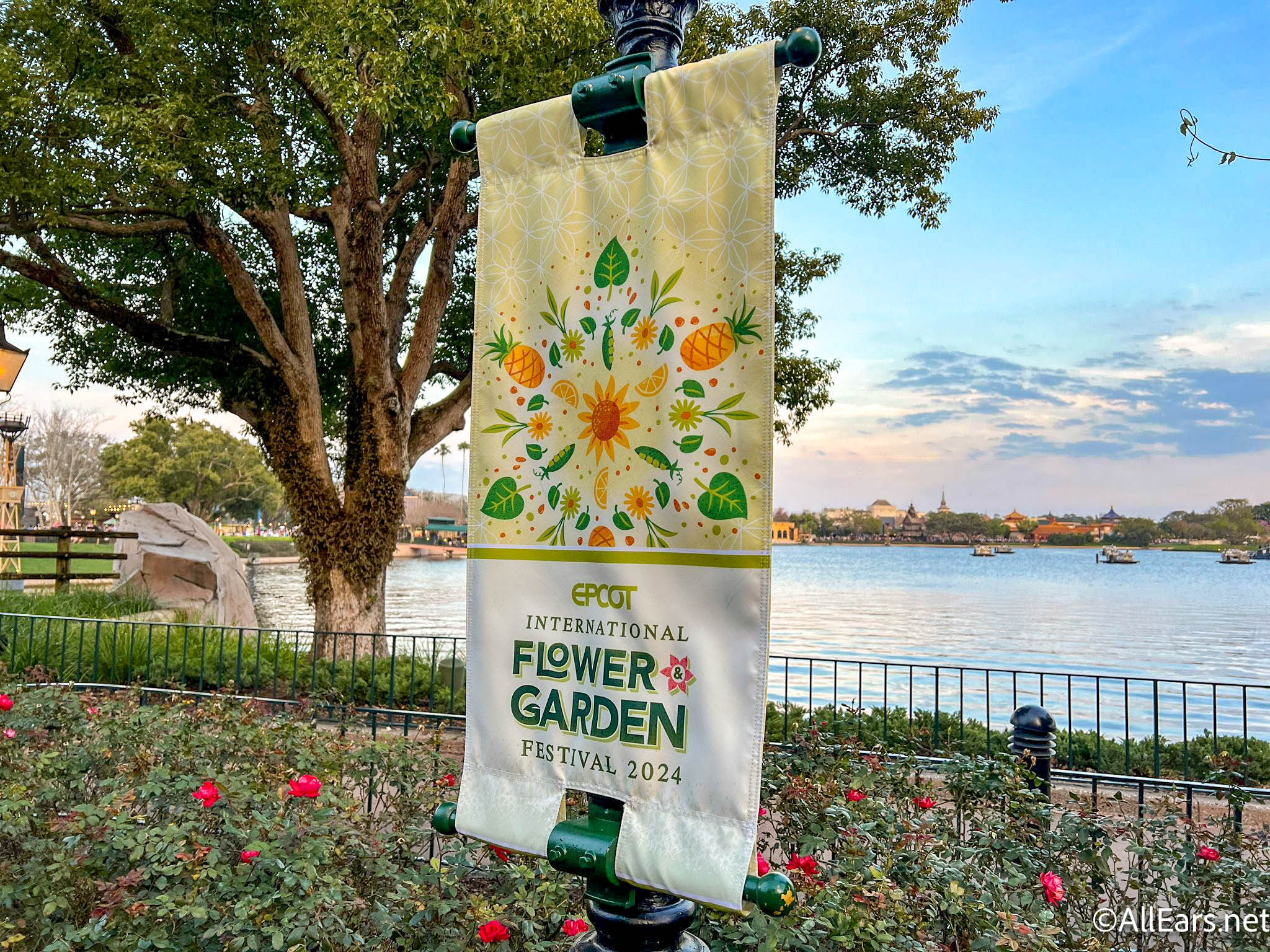
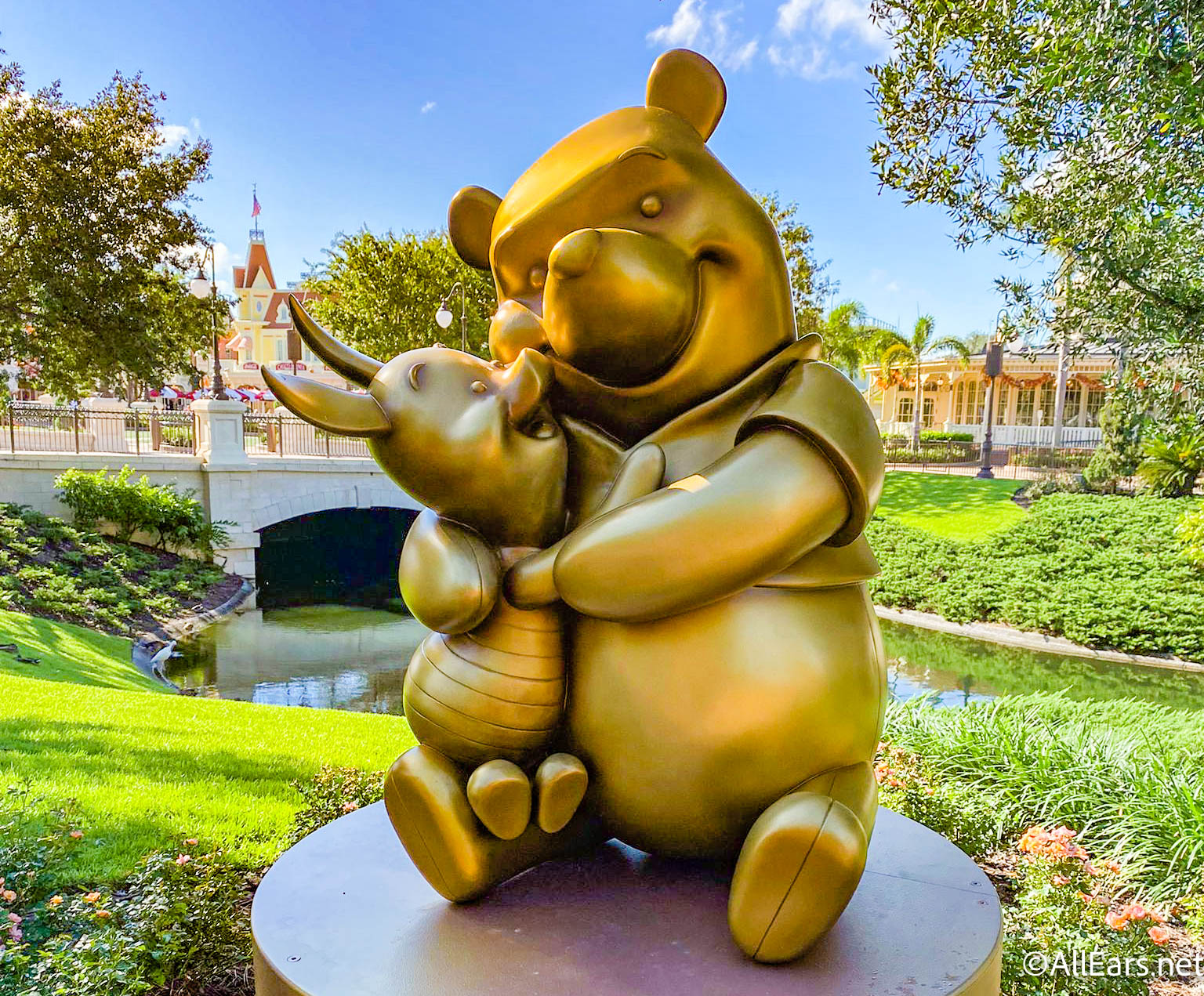
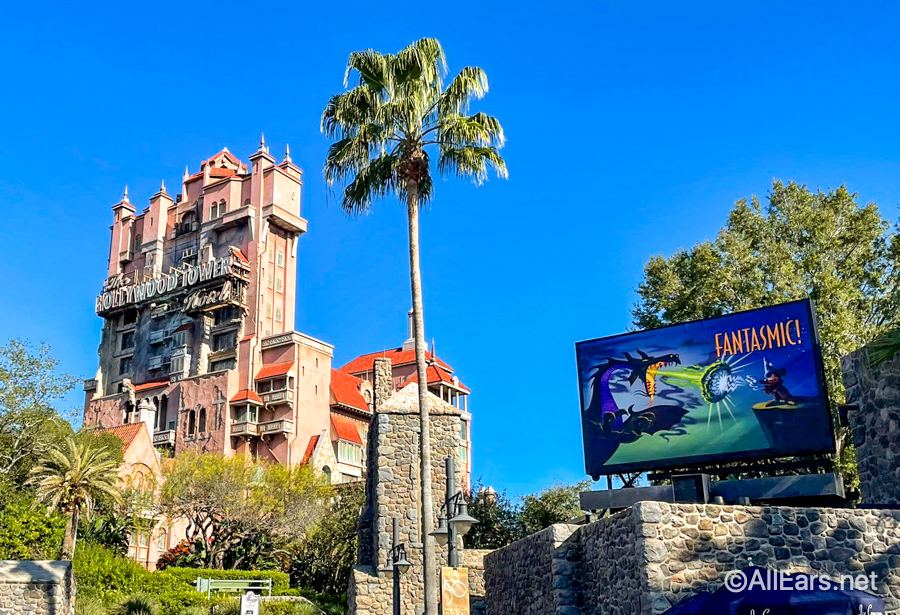
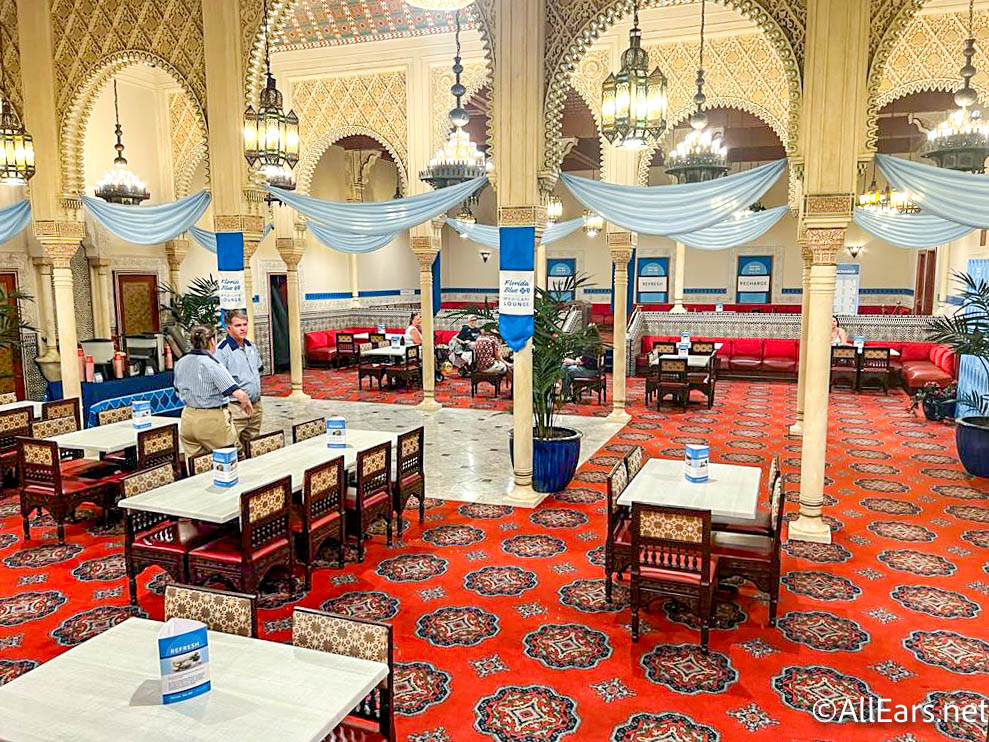
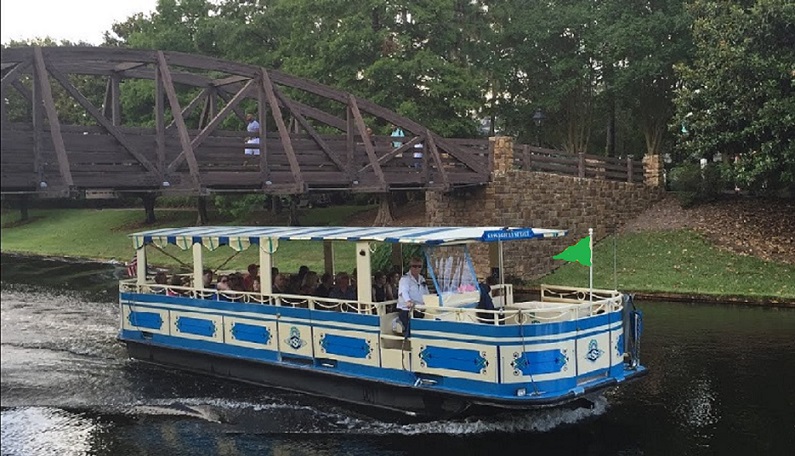
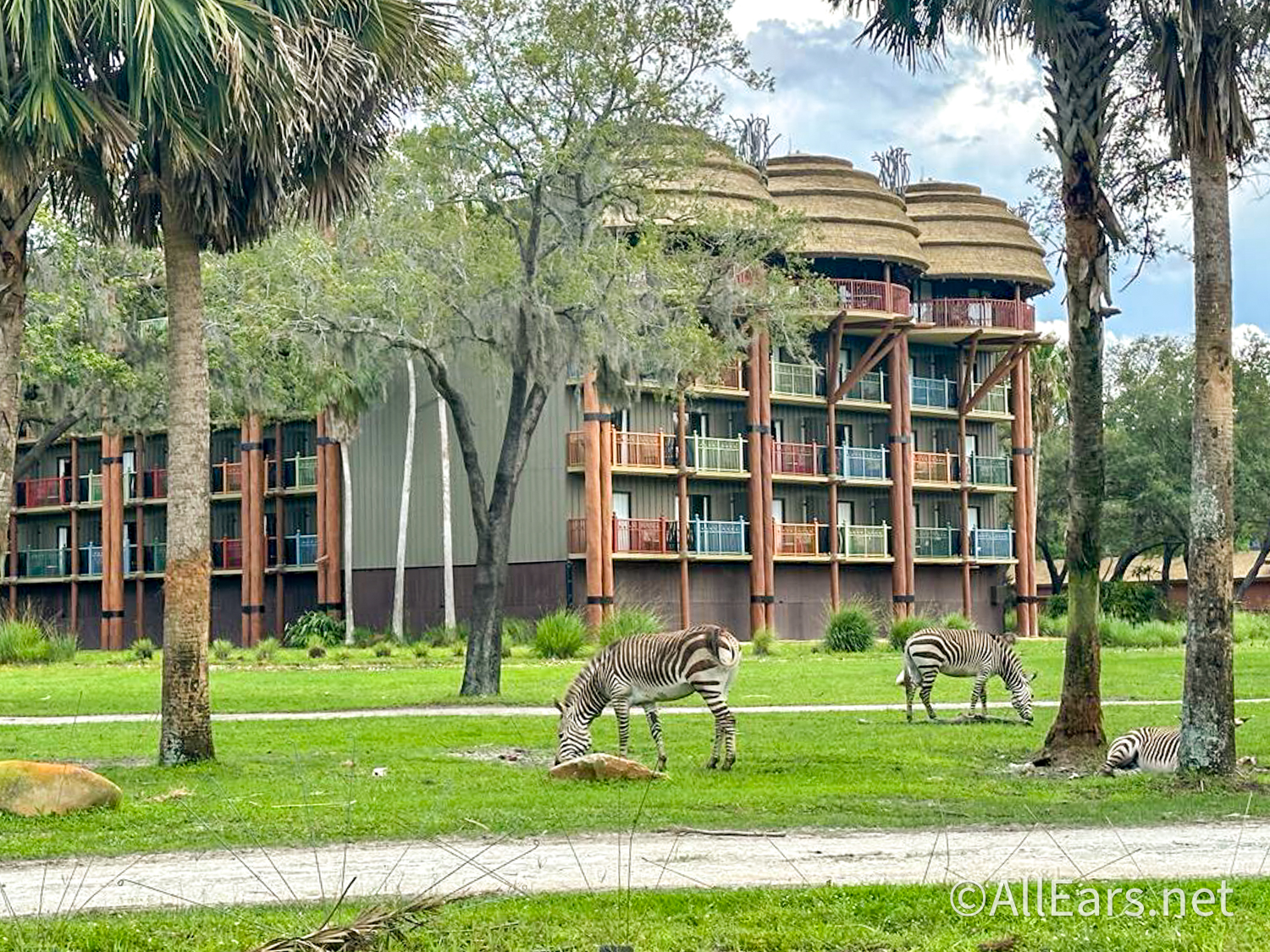
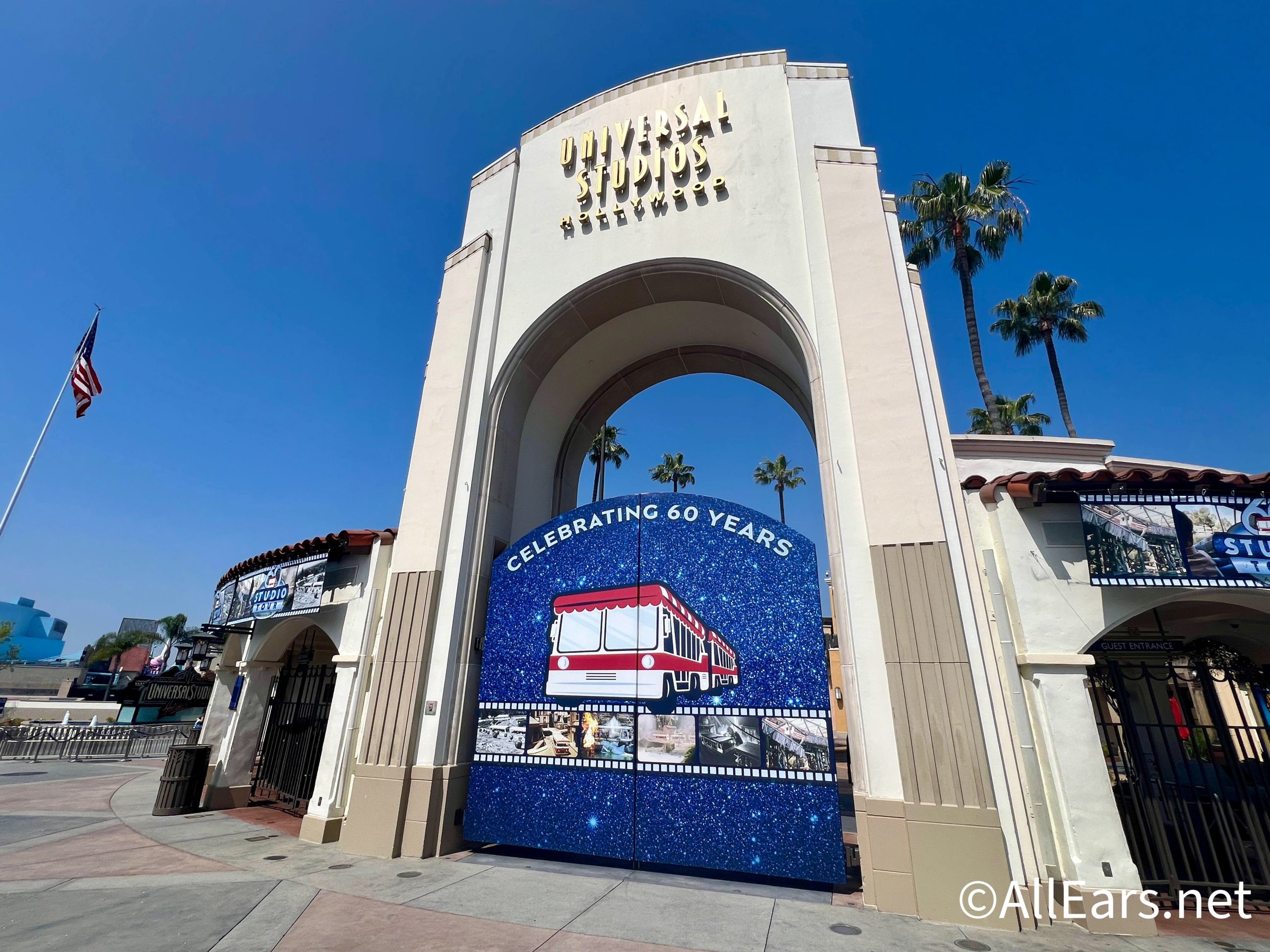
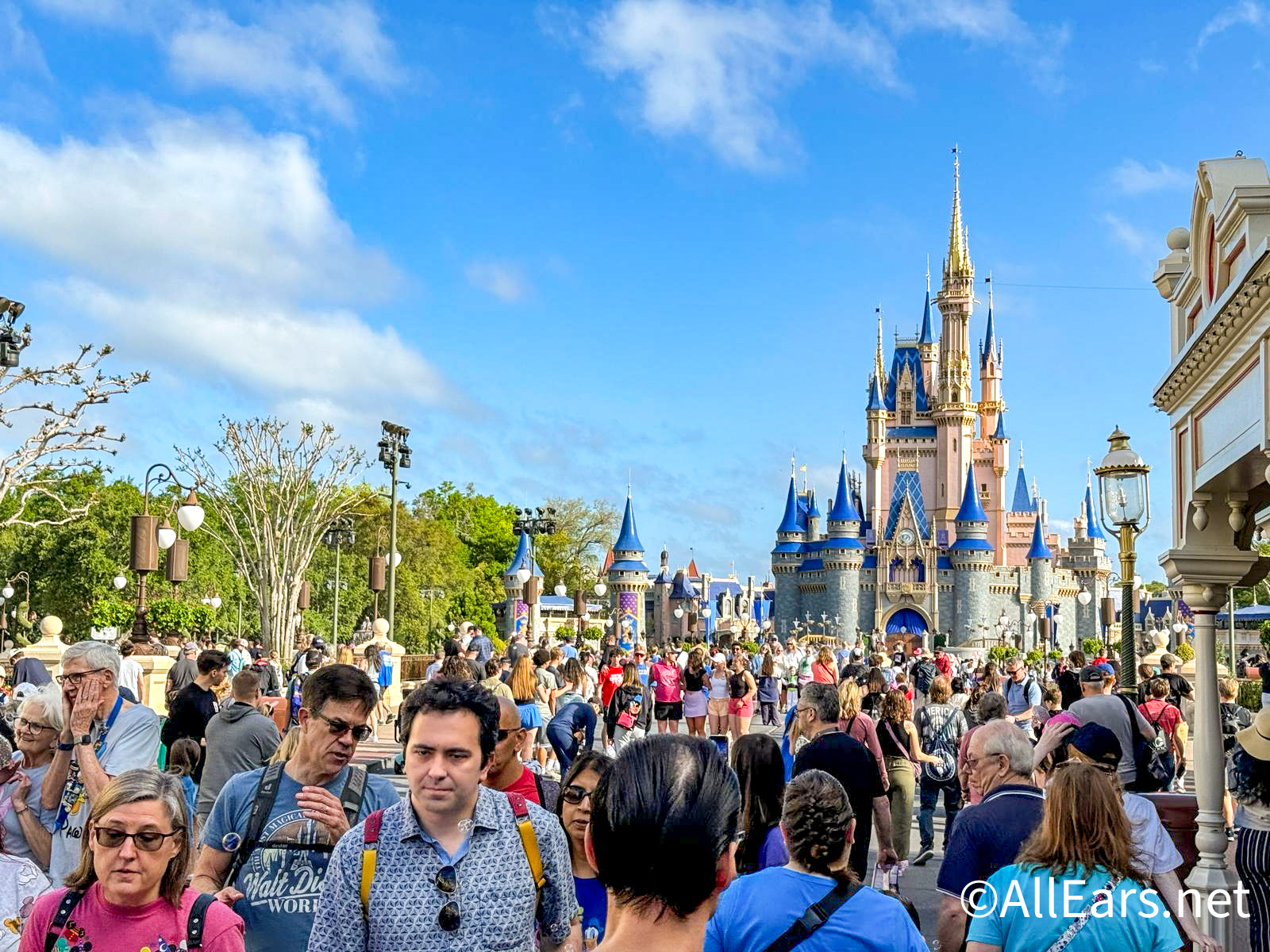



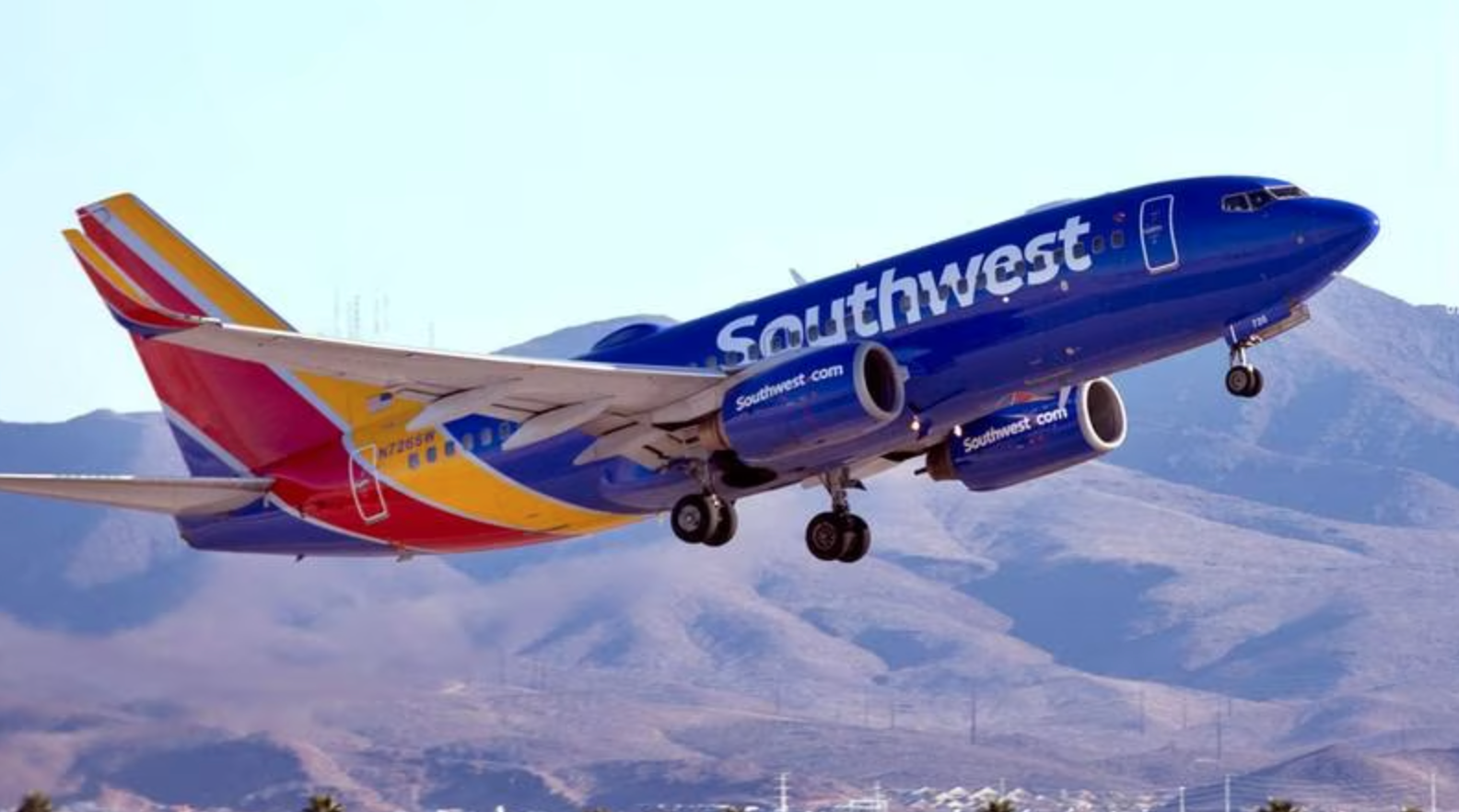

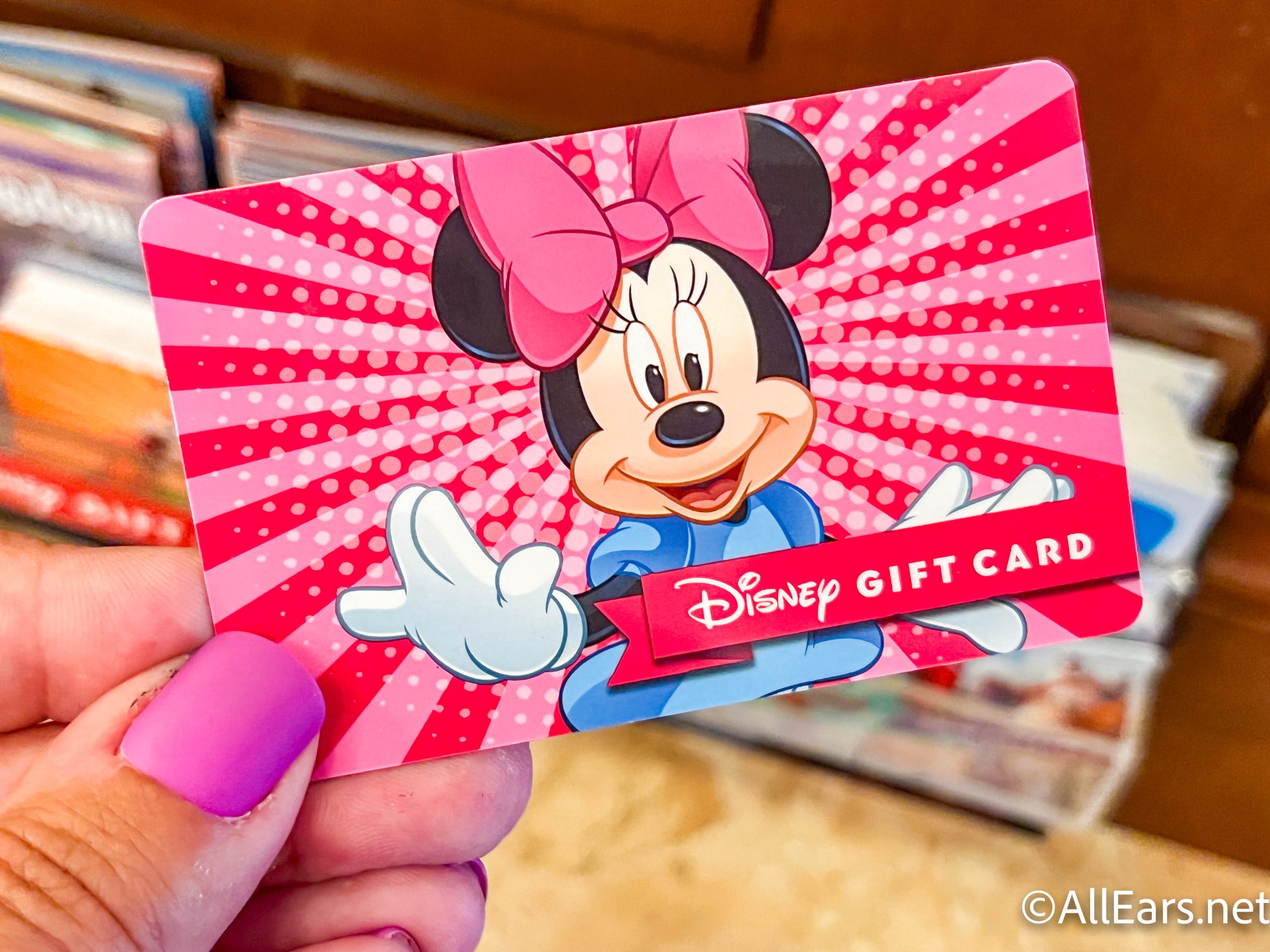
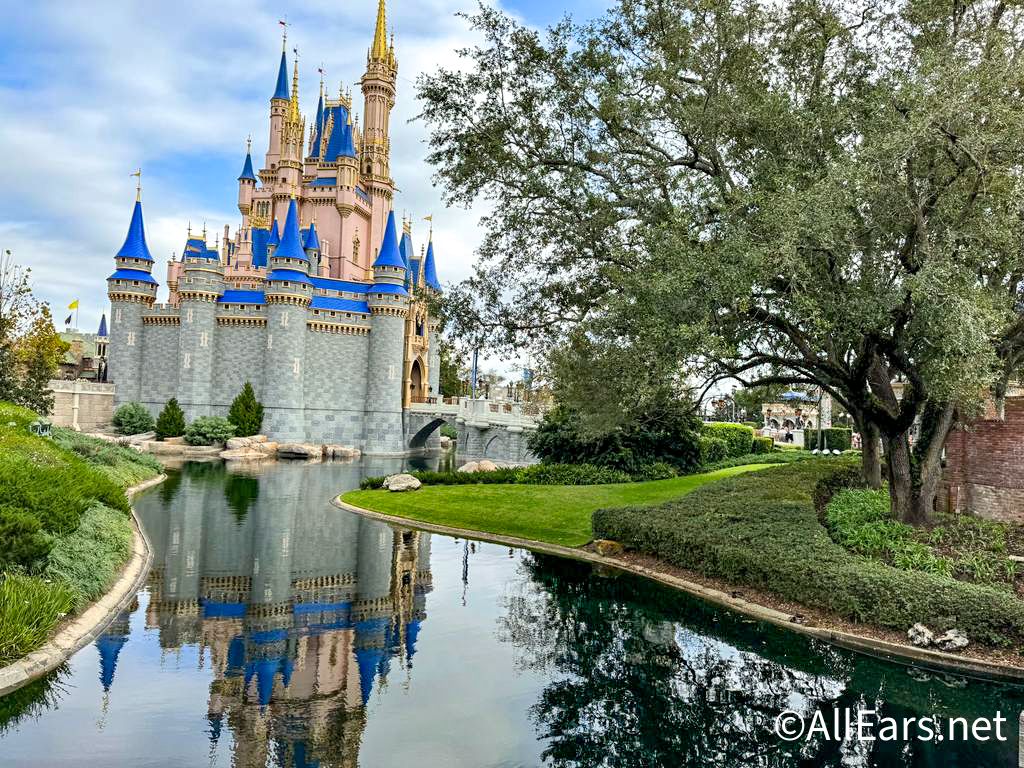

This is a good description. But, the name of the hub in the hub-and-spokes configuration is “Central Plaza.”
Sam Gennawey replies: Thank you for the comment. For the most part, the space is just called the Hub. However, for the purposes of the book I went back to a Disneyland map drawn by Sam McKim in 1958 where he identifies the park as the “Plaza.” This name was reinforced when Walt opened the Plaza Inn restaurant. As for the Magic Kingdom, Jeff Kurtti calls the park the “Plaza” in one of the best WDW books ever, Since the World Began. Those were the sources of my study but I am always interested in learning more.